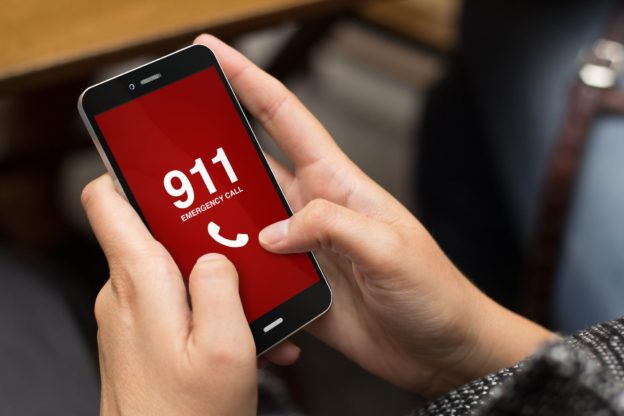Want to learn more about emergency response centers?
Did you know that natural disasters caused over $306 billion worth of damage in the US last year? Federal aid claims jumped tenfold from the year before. California’s Tubbs fire, alone, destroyed over 5,600 structures.
Each one of those disaster sites had at least one thing in common: an emergency response center (ERC). Read on when you’re ready to discover what an ERC is and how it functions.
Emergency Response Center Definition
ERCs are also referred to as emergency operations centers (EOCs). For our purposes, they mean more or less the same thing. They are workplaces for emergency preparedness and crisis management teams.
ERCs act as the central hub for emergency response managers (such as police, fire departments, or the National Guard). From these command centers, decision makers and response teams gather critical information. They use this data to coordinate response activities and manage emergency personnel.
ERC Functions
An ERC may be a modern mission control facility or an outdated conference room. Regardless, it must serve as the central coordination point for the following:
- Coordinating contractor, government, aid, and volunteer organizations.
- Information gathering and dissemination
- Emergency operations
Modeled after the Incident Command System, the ERC carries out five major functions:
Planning: collection, evaluation, and dissemination of information for coordinating Incident Action Plans.
Logistics: Procuring personnel, equipment, materials, services, or facilities.
Operations: Coordination of all operations that support Incident Action Plans.
Command: Overall response management.
Finance/Administration: Track incident costs, payments, and forecasts of claims, contractors, and responders.
ERC Personnel and Responsibilities
The personnel staffing that commands a center must be well trained. They must be experienced representatives from the following:
- volunteer agencies
- emergency response agencies
- government agencies
- contractor agencies
They’re groups with significant, high-level response roles. When tasked, they fill the following roles:
- Act as the link between response teams and headquarters
- Order the mobilization of specific response teams or individuals.
- Ensure transportation of required equipment to specific sites.
- Order and arrange delivery of materials and equipment from contractors.
- Update vendor, contractor, and consultant information.
- Mediate audio conferencing between emergency response teams or individuals.
- Monitor radio, wire, and TV services to confirm the accuracy of media information.
- Update the executive management as the scope of the emergency transpires or changes.
- Make certain all local, state, and regulatory procedures are performed correctly.
- Liaise with local, state, and federal regulatory officials and agencies affected by the incident.
- Double check the adequacy of information doled out. Specifically, that which impacts the community, such as incident and response actions.
Establishing a location and stocking it with emergency response equipment is only the first step. The ERC staff needs to be thoroughly trained. They must drill on the proper procedures. They must have experience coordinating full-scale emergency response efforts.
What’s Next?
Now that you know a little more about emergency response centers, you can figure out whether they’re right for you. If you need to see one in person, call your local police or fire department. They can provide you with more information.
Did this information help you? Then jump over to our digital library in which we showcase our wide variety of audio-visual articles.
So long and good luck!

